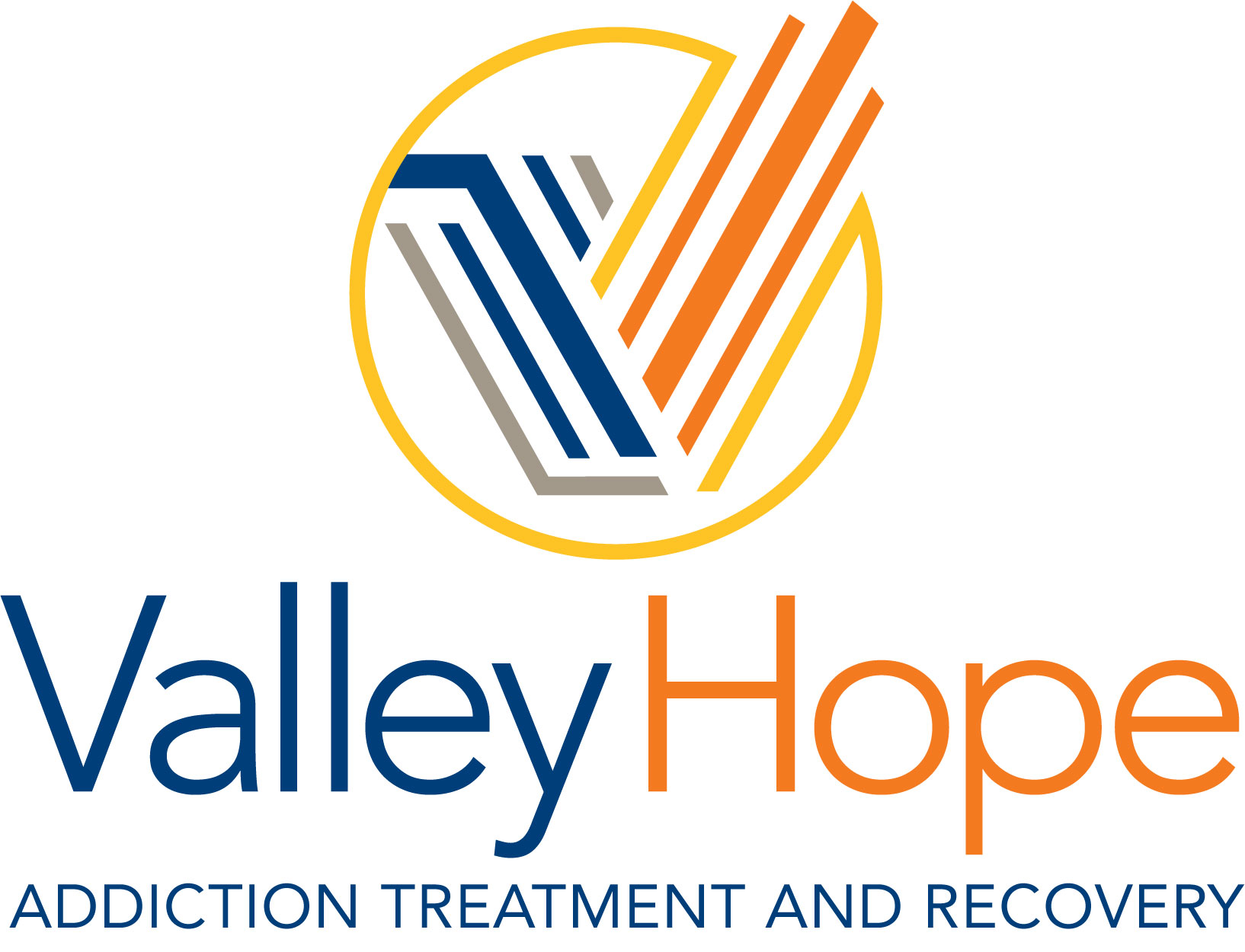Each year, substance abuse costs American businesses an estimated $276 billion. Beyond the financial impact, accidents and fatalities exact a terrible human price. In fact, one out of ten employees has a substance use disorder (SUD) in their lifetime.
As the SUD epidemic spreads, businesses experience low productivity, low employee morale, increase in health care costs, absenteeism and injuries/fatalities. The U.S. Department of Labor reports more than 500 million workdays are lost to addiction annually. However, there are practical steps and solutions available to help employers reduce the significant impact addiction has on their bottom line.
Defining Addiction
First, it is essential for employers to understand that substance use is a treatable brain disease, characterized by a progressive and problematic pattern of use leading to significant impairment.
Supporting the effort to define SUD and offer solutions, the U.S. Surgeon General recently released a landmark report on the country’s addiction epidemic, “Facing Addiction in America: The Surgeon General’s Report on Alcohol, Drugs and Health.”
The report findings are expansive, significant and full of hope for all those affected by this major public health challenge, including employers and their employees.
Perhaps the most important finding of the Report identifies addiction as “a chronic neurological disorder” that must be recognized and included in the healthcare system, requiring clinical treatment and ongoing supportive care.
Another key piece of the Report provides considerable evidence showing that prevention, treatment, and recovery policies and programs really do work. It confirms that high quality treatment programs, such as Valley Hope, can significantly reduce the effects of SUD on workplaces.
Defeating Stigma
Often people living with addiction will avoid reaching out to their employer, fearing they will lose their job. This deadly decision is the result of the stigma of addiction. Stigma prevents millions of employees from seeking treatment for their SUD. Although addiction is a chronic brain disease that requires treatment, the stigma fosters fear of reaching out for help, ultimately costing lives.
Warning Signs of Addiction
There are several warning signs that can indicate an employee may be suffering with an SUD, including:
- Bloodshot eyes, pupils larger or smaller than usual.
- Changes in productivity, attitude and focus.
- Increase in absenteeism and late arrivals.
- Sudden weight loss or weight gain.
- Deterioration of physical appearance, personal grooming habits.
- Unusual smells on breath, body, or clothing.
- Tremors, slurred speech, or impaired coordination.
Understanding Policies, Procedures and EAPs
It is essential for company leadership to learn and understand HR/workplace policies, insurance benefits, privacy laws and employee guidelines and rights such as the Americans with Disabilities Act (ADA) and the Family and Medical Leave Act (FMLA).
To help ease navigating legal, benefits and policy burdens, more and more employers are providing Employee Assistance Programs (EAPs). EAPs are cost-effective tools to mitigate these risks. EAPs can help employers reduce absenteeism, workers’ compensation claims, health care costs, accidents and grievances. In addition, they can address safety and security issues, improve employee productivity and engagement, and reduce costs related to employee turnover.
Valley Hope works with countless EAPs across the country to provide the best quality care available for their employees and all patients. From local businesses and community organizations to large corporations, EAPs have become efficient, effective tools for helping employees and relieving employers.
Ongoing Treatment and Recovery
Reducing employee substance abuse can help employers decrease health care costs, reduce workplace injuries and improve productivity. Services such as EAPs can help assess, refer and manage employee SUD treatment and any needs to support their recovery.
When the employee completes initial treatment, it is critical that they return to a supportive work environment. Ideally, employees who have finished treatment programs return to the workplace sober and “in recovery.” Recovery is an ongoing process where the employee continues to work a program outside of treatment, such as attending AA meetings, outpatient therapy or other continuing care programs. Ongoing participation in a recovery program is essential to recovery. At Valley Hope, our team works with each patient to build a successful long-term recovery plan that serves as a road map after leaving treatment.
Explore the Valley Hope blog for more information on EAPs, addiction, policies, stigma and addiction in the workplace.








